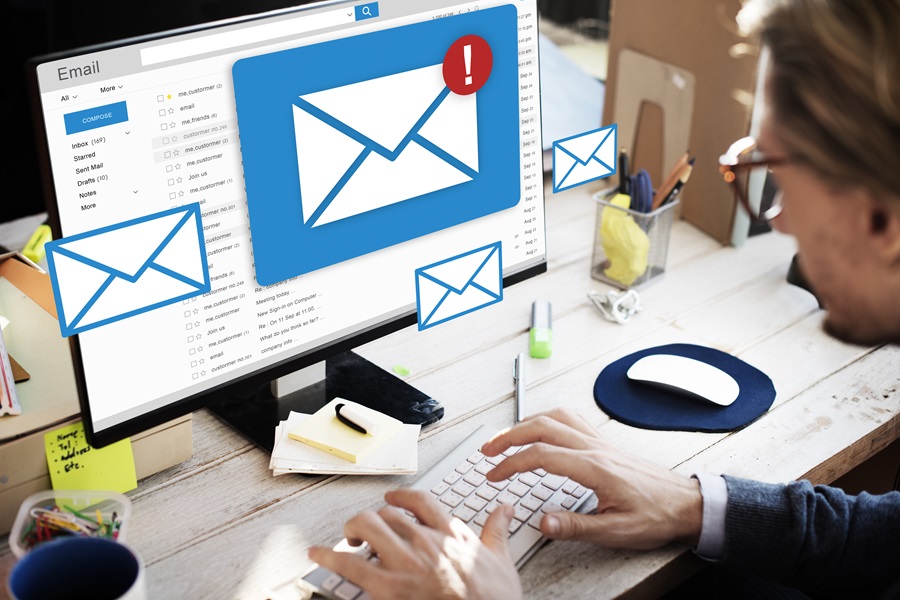
Protecting Your Email from Spam: Essential Tips and Best Practices
Spam emails have become a ubiquitous annoyance in our digital lives. They flood our inboxes, clutter our folders, and waste our time. Not only are they frustrating, but they can also pose serious risks to our privacy and security. Fortunately, there are effective steps you can take to protect your email from spam. In this article, we will explore some essential tips and best practices to help you keep your inbox spam-free.
1. Be cautious with your email address
One of the most effective ways to prevent spam is to be cautious with whom you share your email address. Avoid posting it publicly on websites or social media platforms where it can be easily scraped by spammers. Instead, consider using a separate email address for online registrations, subscriptions, and other non-essential activities.
2. Use a strong and unique password
Using a strong and unique password for your email account is crucial. Avoid using common passwords or personal information that can be easily guessed. A strong password should include a combination of uppercase and lowercase letters, numbers, and special characters. Additionally, make sure to update your password regularly to further enhance your account’s security.
3. Enable two-factor authentication
Two-factor authentication (2FA) adds an extra layer of security to your email account. By enabling 2FA, you will be required to provide a second form of verification, such as a unique code sent to your mobile device, in addition to your password. This helps prevent unauthorized access to your account, even if your password is compromised.
4. Be cautious with email attachments and links
Spammers often use email attachments and links to deliver malware or phishing attempts. Exercise caution when opening attachments or clicking on links, especially if they come from unknown or suspicious sources. Always verify the sender’s identity and ensure the email content is legitimate before taking any action.
5. Use a reputable email filtering service
Email filtering services can help automatically detect and block spam emails before they reach your inbox. These services use advanced algorithms to analyze email content, sender reputation, and other factors to determine whether an email is spam or legitimate. Research and choose a reputable email filtering service to enhance your email security.
6. Regularly update your email client and antivirus software
Keeping your email client and antivirus software up to date is crucial for maintaining a secure email environment. Software updates often include security patches that address vulnerabilities exploited by spammers and hackers. By regularly updating your email client and antivirus software, you can stay one step ahead of potential threats.
7. Avoid responding to or unsubscribing from spam emails
Responding to or unsubscribing from spam emails can sometimes lead to more spam. When you engage with spam emails, it confirms to spammers that your email address is active and may result in an increase in spam. It is best to mark spam emails as junk or report them to your email provider for proper handling.
8. Educate yourself about common spam techniques
By educating yourself about common spam techniques, you can better identify and avoid falling victim to spam emails. Stay informed about the latest spam trends, such as phishing scams, spoofed emails, and deceptive subject lines. Being aware of these techniques will help you make informed decisions when dealing with suspicious emails.
9. Regularly clean up your inbox and unsubscribe from unwanted emails
Take the time to regularly clean up your inbox by deleting unwanted emails and unsubscribing from mailing lists that no longer interest you. This not only helps declutter your inbox but also reduces the chances of receiving spam emails in the future. Be cautious when providing your email address for subscriptions and only subscribe to trusted sources.
10. Report spam emails
If you receive spam emails, it is important to report them to your email provider. Most email services have built-in mechanisms for reporting spam. By reporting spam emails, you help improve the effectiveness of spam filters and contribute to a safer email ecosystem for everyone.
By following these essential tips and best practices, you can significantly reduce the amount of spam you receive and protect your email account from potential threats. Remember, staying vigilant and proactive is key to maintaining a spam-free inbox and ensuring the security of your personal information.




